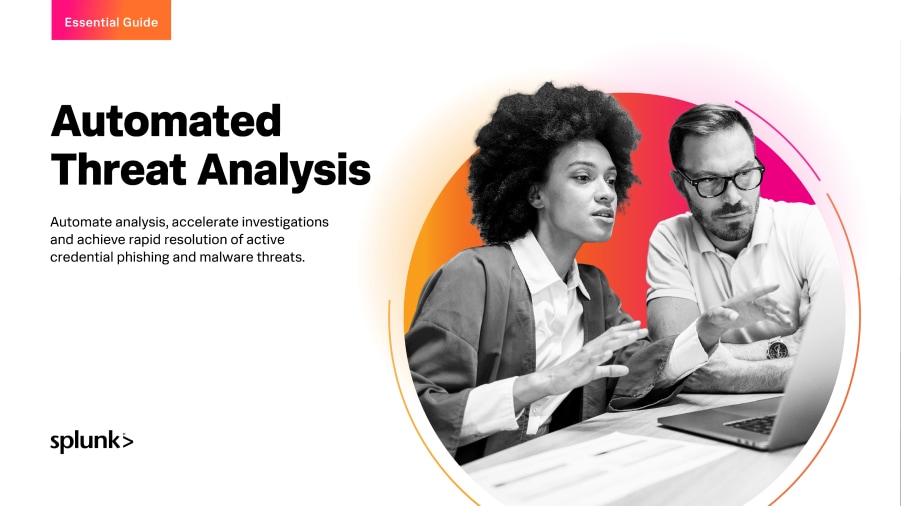What Is Digital Forensics? The Weapon Against Cybercrime

In 2016, a house in Middle, Ohio, went up in flames. The owner of the home, Ross Compton, claimed he was asleep when the fire broke out, waking just in time to hastily pack a suitcase, smash his bedroom window, and make an escape.
However, the very technology keeping Compton alive unraveled his alibi and led to his arrest.
Compton had a pacemaker, and the police, suspicious of his account, secured a warrant to access its data. Consulting with a cardiologist, they found Compton’s heart activity didn’t match the frantic, high-stress scenario he described. In fact, the data indicated that he was not under the physical strain doctors would expect escaping a fire and hauling heavy items.
This digital evidence led authorities to charge Compton with arson and insurance fraud, showing how modern technology can be a double-edged sword, both saving lives and solving crimes.
Digital forensics is at the cutting edge in the fight against crime. It has been used to aid criminal and civil investigations. From finding the cybercriminals responsible for malware attacks to analyzing a murder suspect’s digital devices, digital forensics is a powerful tool.
And both law enforcement and organizations need it more than ever: according to a recent FBI crime report, there were over 880,000 cybercrime complaints in 2023. This is a 10% rise from 2022, leading to a staggering $12.5 billion loss.
As organizations and individuals advance technologically, the role of digital forensics in solving crimes and protecting data will become increasingly crucial. Here’s what you need to know about how the innovations that enhance our lives also bring criminals to justice.
What is Digital Forensics?
Digital forensics is a forensic science that helps investigators study cybercrimes. It is a broad category that spans criminal and civil investigations. For example, digital forensics helps…:
- Organizations identify data breaches.
- Authorities find kidnap victims.
With the ubiquitous use of technology in life today, just about every criminal activity involves digital forensics, and digital forensics scientists play a crucial role in police investigations.
Digital forensics also plays a role in suspected cyberattack analysis. It helps find, mitigate, and eradicate online threats and is critical during the incident response process. Plus, it provides support after an attack and offers data that legal teams, auditors, and law enforcement need to do their jobs.
Electronic evidence comes from many sources. From computers to cell phones to IoT devices, like the pacemaker Compton used, virtually any computerized system provides valuable information to fight crime.
(Related reading: cyber forensics & DFIR: digital forensics and incident response.)
Branches of digital forensics
Because so many devices contain critical data, digital forensics comes in many types. The most common ones are:
Computer forensics
Computer forensics leverages computers and digital storage devices for digital evidence. It examines the digital data on these devices to find, recover, preserve, analyze, and present the facts on the devices.
Although computer forensics uses many of the same processes and techniques for data recovery, it does require some additional guidelines and practices. These additions help investigators create an audit trail and provide a prominent chain of custody for legal purposes.
Network forensics
Network data is often more challenging than the other branches. It’s highly fluid, and once it’s been transmitted, it’s gone. This requires network forensic scientists to take a more proactive approach to the investigation process.
(Related reading: network monitoring & network security.)
Mobile device forensics
Considering that US adults spent almost one-third of their screen time on mobile devices in 2023, cell phones have become a key piece of evidence for many criminal cases.
Mobile device forensics concentrates on recovering data from mobile devices. They investigate devices with communication functionality and internal memory. This includes anything from mobile phones to tablets to PDA and GPS devices. In fact, experts can even extract evidence from smashed, submerged, and otherwise damaged phones.
Database forensics
Experts in database forensics access databases and any reporting changes within the data. Authorities often use database forensics for various purposes, such as identifying database transactions that might indicate fraud.
Database forensics can also be used to find timestamps of the last changes to a record in a relational database. This process inspects and tests the validity of a database and verifies database user actions.
(Related reading: database monitoring.)
4 steps in the digital forensics process
Although more powerful than ever, digital forensic science is not new. It started in the 1980s when personal computers became prominent and were used throughout the 1990s. However, it took until the 2000s for governments like the US to create formal digital forensics policies as crimes involving digital devices exploded.
The result is the digital forensics process to systemize identifying, acquiring, and presenting information. The digital forensics process is comprised of four steps:
Step 1. Collection
Like physical evidence, digital evidence must be collected, handled, and stored correctly. Without proper techniques, the data could be tampered with, lost, or deemed unacceptable as evidence in court.
The collection phase is where experts acquire the evidence. This typically happens by seizing physical assets, like computers, phones, and hard drives. It’s vital that data is not lost or damaged at this stage.
Thorough planning before seizing will help create a smooth process, as well as clearly defining scope to avoid unnecessary data collection, which is critical to efficiently identifying and collecting potential evidence sources. Copying storage media or creating images of the original storage can also help mitigate data loss.
Step 2. Examination
Experts identify and extract data during the examination step. Typically, this step is segmented into three phases:
- Prepare
- Extract
- Identify
During the extraction stage, working in either a live or offline (dead) system is possible. For instance:
- A desktop can be powered up for live analysis
- Its hard drive can be connected to a lab computer for offline examination
During the identification phase, it is crucial to determine which data are relevant to the investigation. Legal warrants, for instance, might restrict the examination to specific data items only.
Step 3. Analysis
Analysts use several different digital forensic tools and methodologies to gain insights and extract data from digital evidence. For example, live analysis can help them identify metadata or “hidden” data. They also use reverse steganography to uncover sensitive data hidden in otherwise normal-looking messages.
Many investigators leverage both open-source and proprietary tools to connect their findings with specific threat actors. To help investigators determine how it relates to the case, they identify:
- Who created and edited the data
- How and when it was created
(Related reading: see how Splunk helps with fraud detection & prevention.)
Step 4. Reporting
Reporting requires taking the data and analysis and putting it in a formal report that includes:
- What happened
- Who is likely responsible
It is critical that the information is worded in a way that laypeople and all stakeholders can understand.
Reports are specific to the cases and data they analyze. For example, cybercrimes often recommend fixing specific vulnerabilities to prevent future attacks. Reports are often leveraged in court to present digital evidence, which is often shared with law enforcement, regulators, insurers, and other authorities.
The frontline of cyber defense
Although Ross Compton died in 2020 while waiting on an appeal regarding the use of the pacemaker data at his trial, his case has transformed how many think about technology. Since then, digital forensics has continued to evolve and create new forms of defense against bad actors who misuse technology for nefarious purposes. Experts continue to employ more sophisticated techniques to help them combat cybercrime, uncover digital evidence, and uphold justice.
As digital devices continue to saturate our contemporary life and work, digital forensics has become essential. As technology evolves and advances, digital forensics will be at the forefront of pursuing justice and deterring bad actors.
See an error or have a suggestion? Please let us know by emailing splunkblogs@cisco.com.
This posting does not necessarily represent Splunk's position, strategies or opinion.
Related Articles
About Splunk
The world’s leading organizations rely on Splunk, a Cisco company, to continuously strengthen digital resilience with our unified security and observability platform, powered by industry-leading AI.
Our customers trust Splunk’s award-winning security and observability solutions to secure and improve the reliability of their complex digital environments, at any scale.




